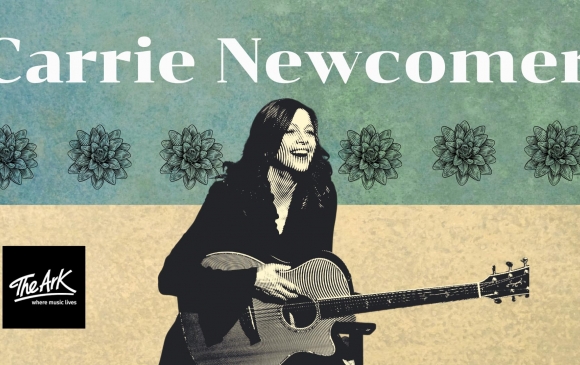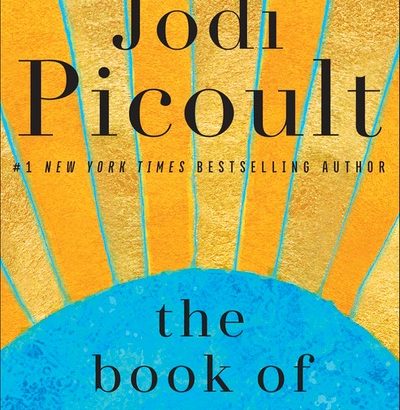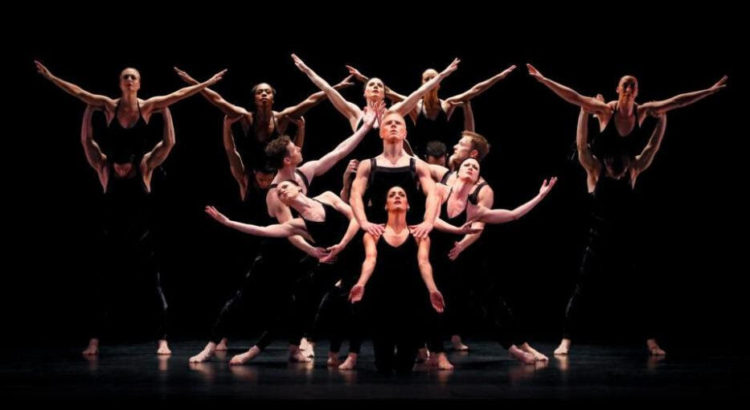Amid a crazy week, Sheku and Isata Kanneh-Mason’s joint recital was a respite from the turmoil of the news. Streamed especially for UMS audiences, the Kanneh-Mason siblings brought audience members into their Nottingham, U.K. home for an intimate and well-produced performance, and it gave me the opportunity to take time away from other distractions.
First, I was very impressed with the production of the recital. Though it was filmed from the Kanneh-Mason’s home, it still included multiple camera angles, allowing viewers a front-row seat to their superb technique. Unfortunately, video buffering (yay internet!) prevented me from enjoying the full experience, but I nevertheless was able to appreciate the camerawork.
When it came to the music, Sheku (cello) and Isata (piano) were even more impressive. Fortunately for me, the buffering on my computer did not affect the sound, and I was able to enjoy the rich sound of Sheku Kanneh-Mason’s cello entwined with Isata’s flexible and virtuosic piano playing without interruption. The recital program included two pieces: the first movement of Ludwig van Beethoven’s Cello Sonata No. 4 in C major, Op. 102, No. 1, followed by Sergei Rachmaninoff’s Sonata for Cello and Piano in g minor, Op. 19. Throughout both pieces, the musical connection between Sheku and Isata was evident, both visually and aurally. Their eye contact and movement were perfectly in sync as they took cues from one another, and this could be heard in the balance and interplay of their parts. The Beethoven caught my attention with its solo cello opening which melts into the piano part, and its boldness later in the movement. However, it was the Rachmaninoff Sonata for Cello and Piano that especially drew me. It has a wide emotional range, including an intensity that the Kanneh-Masons conveyed impeccably. I particularly enjoyed the final movement (Allegro Mosso) for its freedom – after the tension of the earlier movements, it feels like a celebration and a release, while also being tender and delicate at times. It was a fitting end to the program.
However, lucky for UMS audiences, it was not the end of the program – Sheku and Isata Kanneh-Mason also included an encore in their recital recording! Though some of the excitement of an encore is lost in a virtual setting (no thunderous applause echoing across the concert hall), the surprise of additional music was still very much enjoyable. For the encore, the Kanneh-Masons performed “The Swan” from Saint-Saëns’s The Carnival of the Animals. It was quite the contrast from the final movement of the Rachmaninoff, and I was able to revel in its peacefulness, made even better by Sheku’s and Isata’s gorgeous sound.
Even across the internet and the Atlantic Ocean, Sheku and Isata Kanneh-Mason’s artistry was not something to be missed.





